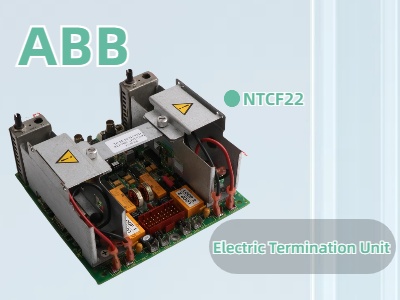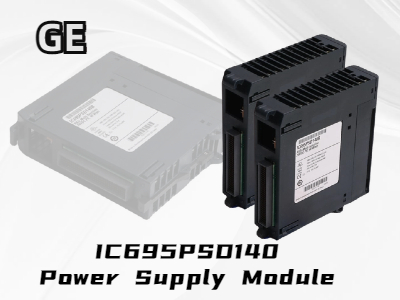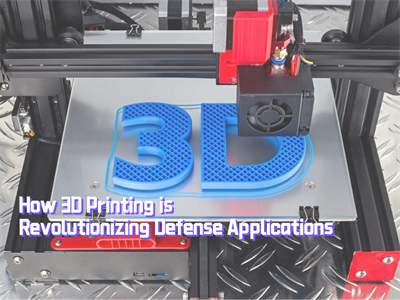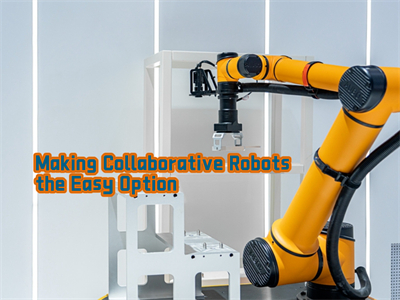
The Woodward 9907-164 505 Digital Microprocessor-Based Controller is a state-of-the-art control system specifically designed for steam turbine applications. Engineered for precise control over turbine functions, this versatile unit provides operators with the ability to manage turbine speed and valve actuation with unparalleled accuracy. But what makes the 9907-164 stand out among similar controllers? Let’s take a deeper look at its technical specifications, key features, and benefits.
The 9907-164 controller is packed with advanced features that make it a go-to solution for industrial turbine control. Some of its most notable specifications and capabilities include:
These specifications make the 9907-164 an ideal choice for steam turbine control, offering precision, reliability, and ease of integration.
One of the standout features of the Woodward 9907-164 is its advanced control functionality. This microprocessor-based controller is designed to handle multiple critical tasks, enhancing the performance and safety of steam turbine systems. Key control features include:
These control capabilities enhance the overall reliability and performance of the turbine system, making it more efficient and easier to maintain.
The Woodward 9907-164 provides operators with the flexibility to configure the system directly on-site, without the need for additional tools or technical expertise. Through its user-friendly interface, operators can adjust the system settings to meet specific operational requirements. The menu-driven software makes it easy to navigate through different settings and adjust parameters such as input/output configurations, system status, and safety settings.
Furthermore, the unit includes programmable input options, such as 16 contact inputs (four dedicated and twelve programmable) and six programmable current inputs (4 to 20 mA). This flexibility makes the 9907-164 suitable for a wide range of steam turbine configurations, further enhancing its versatility in diverse industrial environments.
For operations in harsh environments, the 9907-164 stands out due to its exceptional durability. With an operating temperature range of -4°F to +140°F and a storage temperature range of -40°F to +185°F, this controller is built to withstand extreme temperature fluctuations and other environmental stresses. Additionally, its IP 56 rating ensures protection against dust and water ingress, which is crucial for outdoor or high-moisture applications.
This robust environmental tolerance makes the 9907-164 an ideal choice for industries that rely on steam turbines for power generation, chemical processing, and other demanding applications.
The Woodward 9907-164 505 Digital Microprocessor-Based Controller brings numerous benefits to steam turbine operations:
The Woodward 9907-164 505 Digital Microprocessor-Based Controller is a powerful and reliable solution for steam turbine control. Its advanced control features, ease of configuration, and robust environmental tolerance make it an excellent choice for a wide range of industrial applications. Whether you're looking to improve turbine performance, enhance system safety, or ensure seamless integration with existing control systems, the 9907-164 offers the features and benefits you need to optimize your steam turbine operations.
 25/02
25/022025
 25/02
25/022025
 25/02
25/022025
 21/02
21/022025
 25/02
25/022025
 20/02
20/022025
 18/02
18/022025
 17/02
17/022025

32D floor, Guomao building, Hubin South Road, Siming District, Xiamen City, Fujian Province, China.


 IPv6 network supported
IPv6 network supported
Our hours
